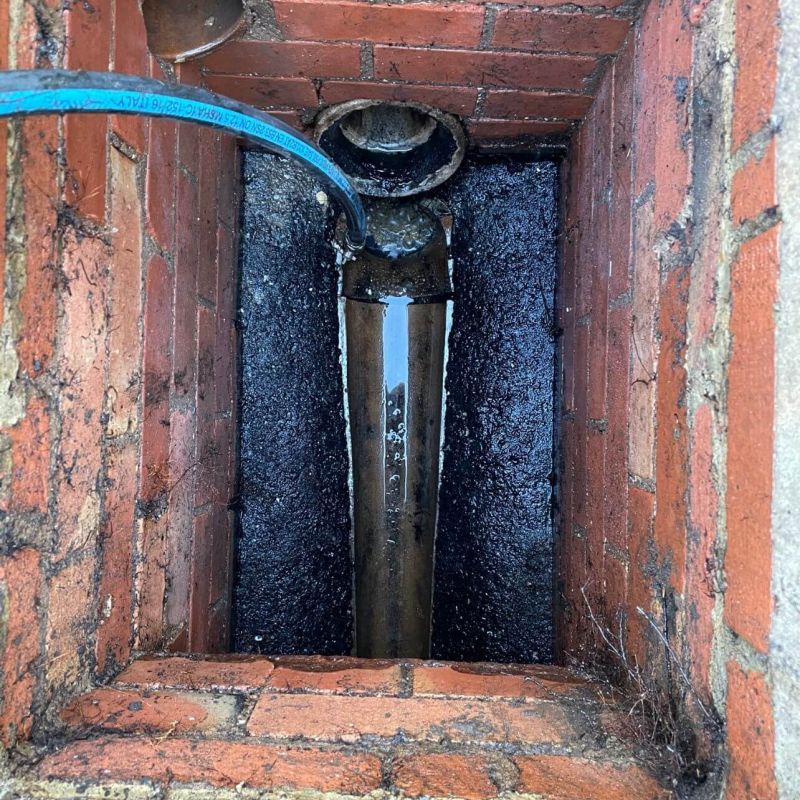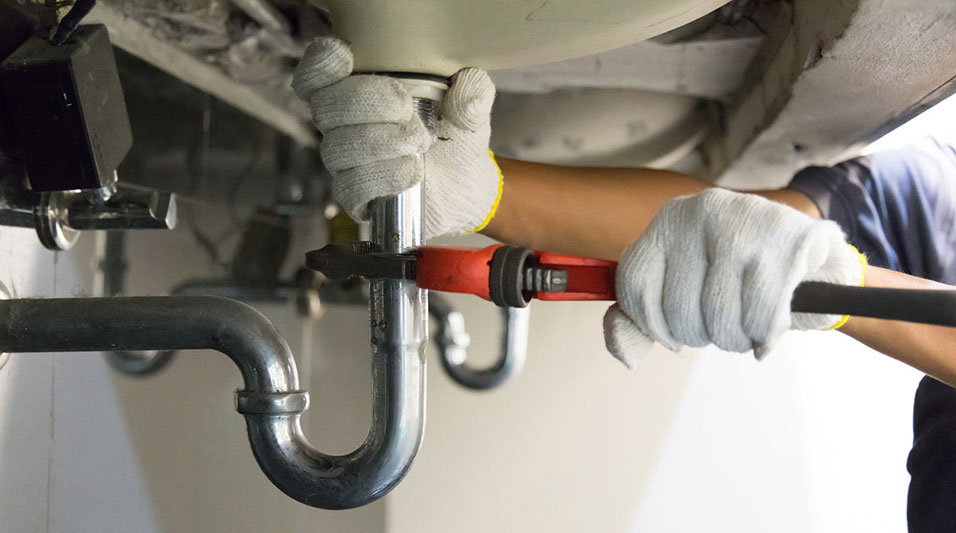Techniques for Unclogging a Blocked Drain Before Consulting Expert Plumbers
Call TodayThey are making several good pointers related to Some easy tips to fix blocked drains in general in this post directly below.

Introduction
Dealing with a blocked drainpipe can be an irritating experience, interrupting daily tasks and possibly triggering damages to your building. Nevertheless, prior to connecting to pipes specialists, there are actions you can take to attend to the problem on your own. In this guide, we'll check out DIY solutions and safety nets to deal with a blocked drainpipe properly.
Recognizing the Concern
The initial step in dealing with a blocked drainpipe is acknowledging the indications. Slow water drainage, gurgling sounds, foul odors rising from drains, or water support up are common indications of a blocked drain. Identifying these indications early can aid protect against additionally problems.
Usual Causes of Blocked Drains
Recognizing the elements that contribute to drain obstructions is vital for reliable resolution. Typical offenders include hair, soap scum, grease, food debris, and international things like hygienic products or paper towels. Tree roots attacking below ground pipelines can additionally create substantial clogs.
DIY Solutions
For small obstructions, several DIY solutions can be efficient. Pouring boiling thin down the drain can aid dissolve grease and particles. Baking soda and vinegar or a mixture of salt and baking soft drink can serve as all-natural cleansers. Using a plunger or pipes serpent to dislodge obstructions is one more option.
Tools and Equipment
Having the right tools accessible can make do it yourself drainpipe cleaning much more effective. A plunger is a flexible tool for removing obstructions in sinks, bathrooms, and showers. A plumbing serpent or auger can reach deeper clogs, while drainpipe cleansing chemicals can be utilized cautiously for persistent clogs.
Safety nets
To stay clear of future blockages, adopting safety nets is vital. Set up drain guards or strainers to capture hair and particles prior to they enter the pipelines. On a regular basis flush drains with warm water to dissolve oil buildup, and avoid taking care of grease or solid waste down the drain.
When to Call a Specialist
While do it yourself solutions can solve minor obstructions, particular indicators indicate the requirement for professional aid. Persistent clogs, foul odors in spite of cleansing initiatives, or multiple drains pipes backing up concurrently are red flags that warrant skilled intervention.
Selecting the Right Plumbing Service
When picking a pipes solution, consider factors such as experience, licensing, and consumer testimonials. Select a reliable plumber with a track record of high quality craftsmanship and clear pricing methods.
Cost Considerations
The cost of professional drainpipe cleaning company can differ depending upon the severity of the obstruction and the plumbing's rates. Request quotes from numerous suppliers and ask about any type of added fees to guarantee transparency and avoid shocks.
Security Precautions
When trying do it yourself drain cleaning, prioritize security. Use safety handwear covers and eyeglasses to stay clear of contact with hazardous chemicals or bacteria. Never ever blend different drain cleaning products, as this can generate dangerous fumes.
Situation Researches
Real-life examples highlight the effectiveness of do it yourself solutions and the relevance of prompt professional intervention in resolving drainpipe clogs.
Conclusion
By complying with the ideas laid out in this overview, you can successfully take on blocked drains pipes and prevent future pipes issues. Whether opting for do it yourself services or seeking specialist support, prompt activity is essential to keeping a healthy plumbing system and maintaining the stability of your home.
How to Clear a Clogged Drain Yourself (And When to Call In the Professionals)
What Can Clog a Drain
Dirt Skin flakes Hair Grease Soap scum Food Offset pipes Tree roots Small objects Mineral buildup DIY Tricks to Unclog a Drain
You can fix this! Once you have identified the source of the clog (or have a vague idea), you can try one or a combination of these fixes in order to clear your plumbing.
Wire Hanger or Snake
Untangle and clear out hair from a drainpipe with a homemade snake. Use a straightened-out wire hanger with a 90-degree angle hook to locate the clog and drag out any unwanted material.
Remember not to push the clog further down to where the wire hanger cannot reach! If you need to follow up with a plunger, give it a try. Your efforts might be more successful after it’s been wire-snaked.
If you want to get fancy and don’t have a wire hanger to spare, head to the store and pick up a hand-operated drain snake. You can get one for $10-$30. It may save you the hassle, and provide additional length to reach deep into the clogged pipe.
Plunger
A cup plunger has a suction cup attached to a wooden handle. The rubber creates a seal around the drain, and increases the pressure force of the plunger.
Plunge for 30-second increments to loosen the clog. This may need to be repeated over the course of 15-20 minutes. Once plunged, run the water to flush the remaining material out of the drain.
Remember– never use a plunger if you have used a chemical drain cleaner. These chemicals can splash up from the force of the plunger and cause serious injury or burns.
Boiling Water
Hot water can sometimes break up materials into a flushable amount. Dirt, grease, and soap buildup requires heat in order to unstick from surfaces.
Take your kitchen kettle and heat your water to a boil. Once it reaches a rolling boil, pour it directly down the drain into the blockage. Carefully follow with plunging, if necessary.
Don’t worry if this takes more than one try! It can often take multiple kettles and repeated plunging in order to clear a particularly stubborn clog.
Chemical Drain Cleaner
As a last resort, pick up a bottle of chemical drain cleaner. Drain-cleaning chemicals are potent, and not very good for the environment.
You may need to wear protective eyewear in gloves before handling your bottle of chemical drain cleaner. Follow the instructions printed on the bottle, and flush with water as soon as the instructions allow. Do not follow with plunging.
Baking Soda and Vinegar
As a safer alternative to chemical drain cleaner, baking soda and vinegar can create a chemical reaction that clears tough clogs.
Combine one cup of cleaning vinegar with one cup of boiling water, and set aside. Once you have done this, pour half a cup of baking soda down the drain. Give the baking thirty seconds to settle and cover a large portion of the problem drain.
Following the baking soda, pour down your vinegar and hot water solution. Once the vinegar and baking soda combine, the mixture will bubble and fix. Let this reaction fizzle in the drain for about an hour.
After an hour, follow with a kettle’s worth of hot water. The heat and liquid should flush out any remaining material.
When to Call a Plumber
If your DIY attempts haven’t cleared your clog drain, it’s time to call in a professional. It’s not worth losing access to your kitchen sink or high-traffic bathroom. A clog in a vital area can keep you from the things you’d rather be doing, and derail your routine.
Anytime a clog is causing water to spread is a time to call in a plumbing service. What starts out as a little bit of water can quickly grow into serious, expensive water damage.
Additionally, a serious clog can result in burst pipes or serious leaks. Make sure you know when to take it seriously!
https://myguysnow.com/how-to-clear-a-clogged-drain-yourself-and-when-to-call-in-the-professionals/

I recently found that entry on when looking around the web. Are you aware of somebody else who is in to the niche? Do not hesitate to promote it. Thanks a bunch for your time. Please check up our website back soon.
Call